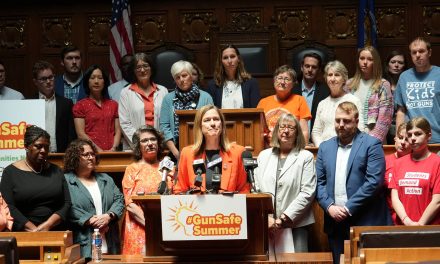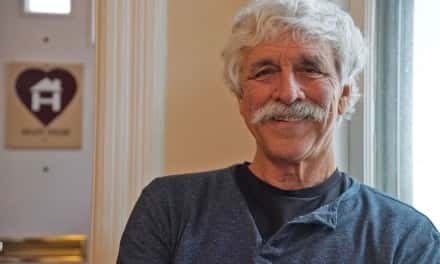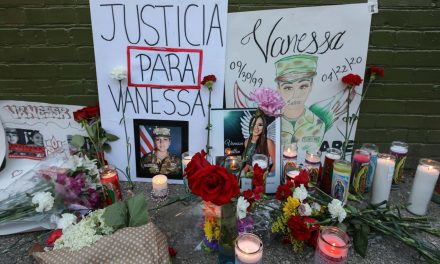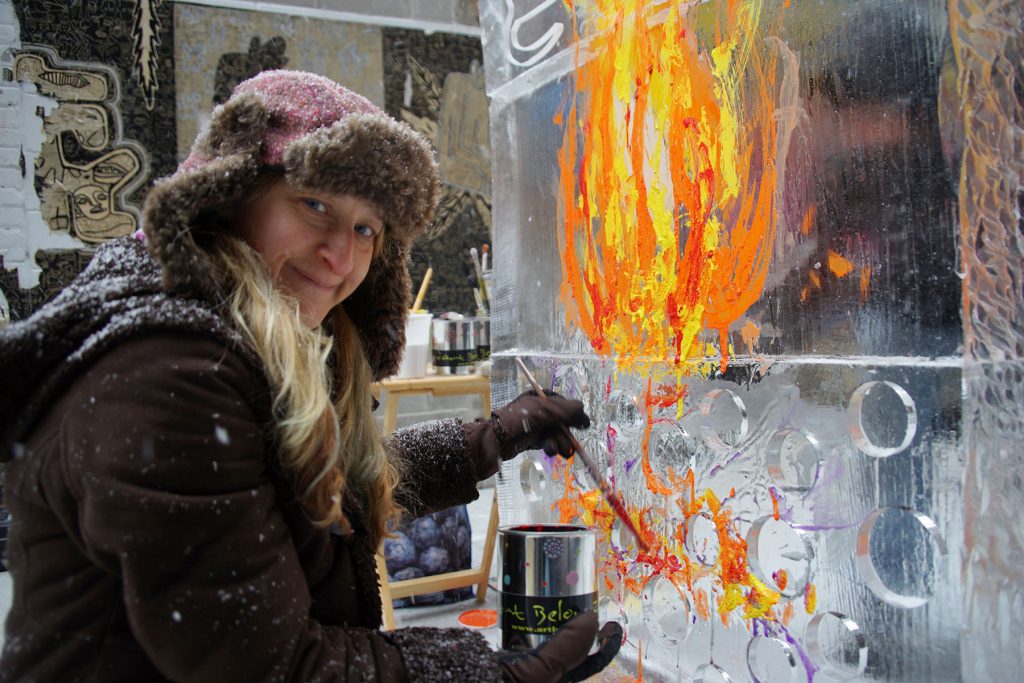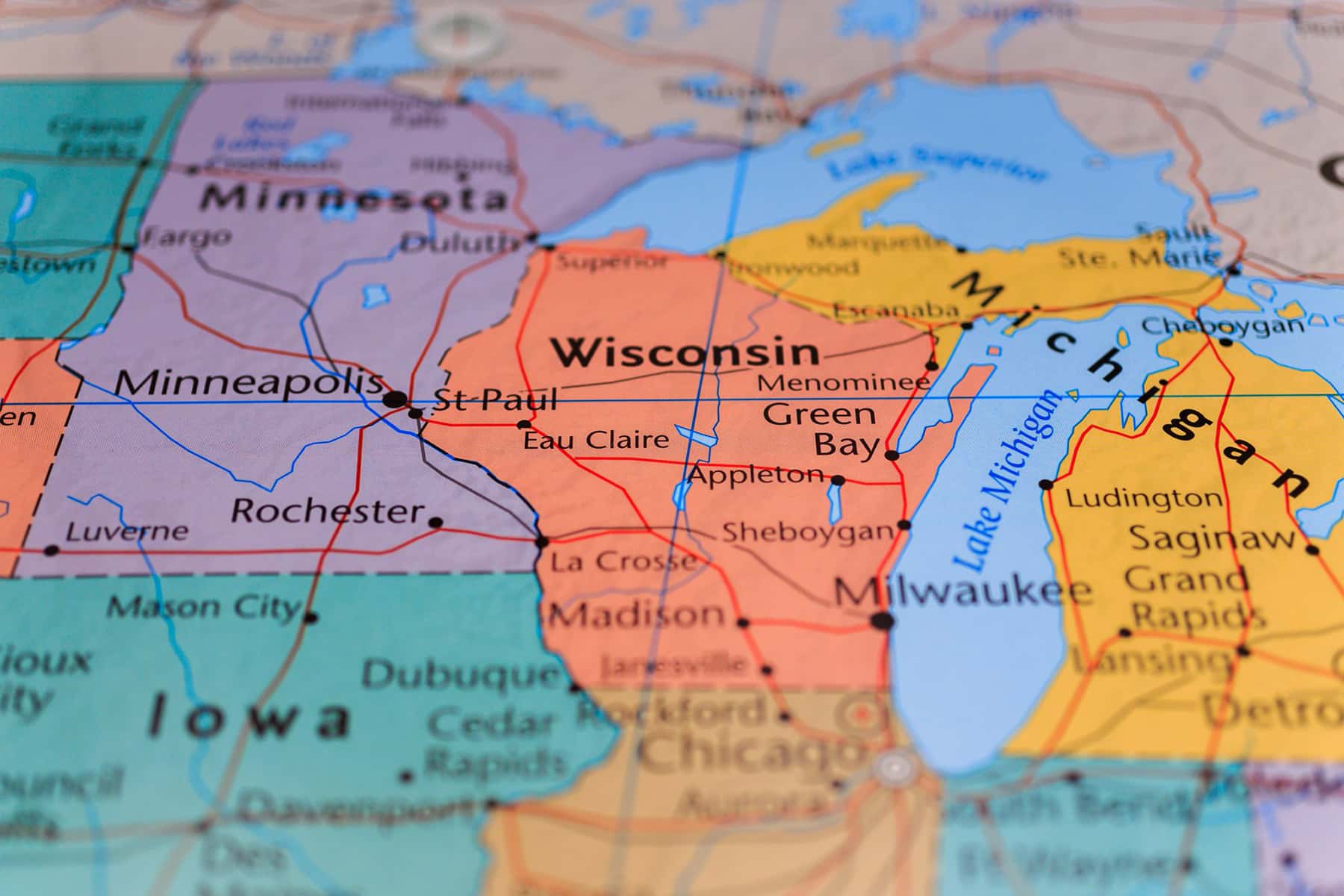
“Give us the ballot, and we will no longer plead to the federal government for passage of an anti-lynching law; we will by the power of our vote write the law on the statute books of the South and bring an end to the dastardly acts of the hooded perpetrators of violence. Give us the ballot, and we will transform the salient misdeeds of bloodthirsty mobs into the calculated good deeds of orderly citizens. Give us the ballot, and we will fill our legislative halls with men of goodwill and send to the sacred halls of Congress men who will not sign a ‘Southern Manifesto’ because of their devotion to the manifesto of justice.” – Rev. Dr. Martin Luther King Jr. May 17, 1957
The national theme for African American History Month this year is, “African Americans And The Vote.” I wanted to explore the narrative surrounding the 2016 election to shed light on our conversations this presidential election year as it relates to blacks and voting.
Most of the blame for Hillary Clinton and her running mate Tim Kaine losing Wisconsin in the 2016 presidential election has been blamed on the low turnout by blacks. Blacks in Wisconsin voted in significantly higher numbers in 2012 when Barak Obama won the state. Voter turnout among blacks dropped significantly not just in Wisconsin, but also across the country in 2016 as compared to 2012.
Black voter turnout peaked at nearly 67% of eligible voters in 2012 but dropped to just 59.6% in 2016, the first drop seen in twenty years. The seven-point decline was the largest ever recorded from one presidential election to the next for black voters. The 2012 election had been the first time in American history that blacks voted at a higher rate than whites. So it came as a shock to many when 675,000 less blacks voted nationwide in 2016. The Democratic Party had come to take the black vote for granted and some in the party took the lower turnout as a reason to blame blacks in Wisconsin for Clinton’s loss.
There are many who like to point a finger at those who don’t vote in elections chastising them as less than good citizens. They argue that it is our civic duty to vote and that people died for us to gain the right to vote. It is not our civic duty to vote. There is no requirement that anyone votes in America.
Those blacks that fought so hard to gain voting rights, which had been stolen form us, believed the franchise would be our saving grace in America as Dr. King spoke about in 1957. Having the franchise has not lived up to that hopefulness. We have more black elected officials than at any time in the nation’s history but still struggle tremendously as a group. It is wonderful that we’ve made the strides we have, but we must be aware of the false claim that political power is a salve to the wounds of American racism. It means a lot without doubt, but it clearly is just one piece of our journey towards justice in this country.
There are dozens of reasons that people give for not voting. There are a multitude of laws and other practices that make it difficult for many to vote. Millions are still disenfranchised due to felony convictions and being incarcerated. Only Vermont and Maine are sensible enough to allow those in prison to vote. Thousands of polling places were moved or closed in black areas around the country on Election Day 2016. Voter suppression has been a constant theme for blacks trying to cast ballots since the passage of the Fifteenth Amendment was ratified February 3, 1870. It is not a new issue but simply one that changes like a chameleon to hide its true intent. Blatant overt voting discrimination has been replaced by covert efforts that try to trick us into believing they have nothing to do with race. If race did not matter there would certainly not be such a long track record of whites fighting to prevent black people from voting.
We cannot doubt that there are people who have and will continue to find ways to water down our voting power by any means necessary. We will continue to see challenges to our right to vote and attempts to suppress blacks voting rights. The architects of Jim Crow era disenfranchisement of blacks didn’t just go away with the passage of the 1965 Voting Rights Act. They ideas are alive and well today even if they are not. The children of Jim Crow are adults now and they paid close attention to their parents and grandparents fears of the black vote.
Despite what most Americans believe, the United States actually pales in comparison to most other developed nations when it comes to participation in national elections primarily due to this pattern of disenfranchising blacks. American voters are woefully underrepresented on Election Day particularly in those non-presidential election years. A comparison of our voting records with our peers internationally provides evidence that Americans have nothing to brag about. Belgium sets the international standard with 87.21% of the voting age population having voted in their most recent election. Just 55.7% of the voting age population in America voted in 2016. Only about 70% of voting age citizens even registered here. Subtracting those ineligible to vote, including non-citizens and those disenfranchised by their states, just 59.3% of eligible voters participated in the 2016 election.
By comparison in the 2012 election in Mexico, 65.97% of the voting age population cast a ballot. The United States ranked 26th out of the 32 nations in the Organization for Economic Cooperation and Development (OECD), which includes other highly developed democratic nations in voter turnout.
There is some hope that this will shift in the other direction. There was a marked increase among all racial and ethnic groups in the 2018 mid-term elections. Compared to the 2014 election, which is typically significantly lower than the presidential election years, the turnout for blacks increased 10.8 points from 40.6% in 2014 to 51.4% in 2018. The rates increased by 13 points for Asians and Hispanics and 11.7 points for whites respectively.
The largest drop in voter turnout among blacks from 2012 to 2016 was in Wisconsin. The black voter turnout went from near eighty percent to less than fifty percent. Many people have commented on this and assigned blame for the lower turnout among blacks. Obviously there are many reasons for this shift in voting taking place. Barack Obama running for reelection in 2012 was a huge boost for black turnout.
Wisconsinites showed up in large numbers in the elections of 2008 and 2012. In both of those elections Wisconsin had the second highest voter turnout in the country. The 2016 turnout on the other hand was the lowest since the 2000 election. It wasn’t just blacks that voted in lower numbers, everyone did.
The voter ID law obviously had some impact. In Milwaukee 41,000 less people voted in 2016 than did so in 2012. According to political scientist Kenneth Mayer 11% of those who did not vote in Milwaukee County and Dane County cited the voter ID law as the reason. Many said they did not have a proper ID. More than half said this was the main reason they did not vote. Mayer estimates that some 45,000 registered voters did not vote due to the law – some 12,000 to 23,000 of those were in Milwaukee and Madison.
Wisconsin GOP Representative Glenn Grothman on the night of the 2016 primary predicted Donald Trump would win partially as a result of the voter ID law being in place.
“I think Hillary Clinton is about the weakest candidate the Democrats have ever put up, and now we have photo ID, and I think photo ID is going to make a little bit of a difference as well.”
A number of people I’ve spoken to about the 2016 election cited two main issues that they feel determined the outcome. The fact that Hillary Clinton did not return to campaign in Wisconsin after April had an impact for sure. Another factor many site is that voters did not care very strongly for either candidate. The fact that many black voters were reminded about Hillary Clinton calling young black people “superpredators” in the 1990’s did not help her cause. Her attachment to him in the minds of many and her support of his policies, which were seen to harm the black community, were also factors.
Looking at Bill Clinton’s election victories cast some light on how black people felt about the Clintons. Black voter turnout increased from 55.1 percent in 1988 when George H. W. Bush won to 59.3% in 1992 because Bill Clinton was a candidate that appealed to many black voters. However, by the 1996 election a great deal of the luster of Clinton had worn off. Black voter turnout dropped to just 53% in 1996 nearly matching the decrease seen years later from 2012 to 2016. After the 1996 election the voter turnout for blacks increased during each subsequent presidential election reaching a peak in 2012 when Barack Obama ran for re-election.
In 2012 Mitt Romney received 1,407,966 votes in Wisconsin, which is more than the 1,405,284 that Donald Trump received in 2016. Romney however lost the state because Obama received 1,620,985 votes. Hillary Clinton on the other hand received only 1,382,536 votes in Wisconsin and lost by fewer than 23,000 votes.
The one argument I’ve heard repeatedly is that if more blacks voted Clinton would have won Wisconsin. The counter argument that if more white people had voted she would have won is never articulated. The argument about a lack of black voters assumes that a group of people who are just 6.3% of the residents in the state are responsible for Clinton’s loss. The fact that Hillary Clinton did not appeal to enough white voters in Wisconsin is apparently a hard pill for many to swallow.
Comparing the 2012 and 2016 elections by total ballots cast in Wisconsin shows that 92,284 more people voted in the 2012 than in 2016. Voter turnout decreased for whites as well as non-whites in Wisconsin. Across the state 3,068,434 voters cast a ballot for president in 2012 but only 2,976,150 did so in 2016.
Leading up to the election I remember a number of people making the assumption that there was no way Donald Trump would win. Some took this as a rational reason to not vote. The night of the election most political pundits across the country made this assumption about Trump’s electability as well. When he won I remember how many people told me they were shocked. I was not shocked.
So what happened in Wisconsin in 2016 other than just less people voting? As I took a detailed look at the 2016 election results in Wisconsin I found a factor that came as quite a surprise to me. It is my contention that this particular factor had a more important impact on Clinton’s loss in Wisconsin than those typically mentioned. The number of alternative party candidates receiving votes and the number of votes cast for them in the presidential election in 2016 in Wisconsin was significantly greater than in the 2012 election.
In 2016 a significant number of Wisconsinites were disenchanted with the two big party candidates. They showed this disenchantment by casting a ballot for other candidates instead. Likewise in 2012 a number of Wisconsinites voted for other candidates because they were not enchanted with either Obama or Romney. This is a normal occurrence in every presidential election. However, the difference in the numbers of those disenchanted voters in Wisconsin from 2012 to 2016 is stark.
Seven alternative party candidates received fairly significant numbers of votes in 2012 in the presidential election in Wisconsin. Gary Johnson of the Libertarian Party won 20,439 votes and Jill Stein of the Wisconsin Green Party won 7,665 votes in 2012. Virgil Goode of the Constitution Party received 4,930 votes in Wisconsin. The two main party candidates won 98.72% of the votes in Wisconsin’s 2012 presidential election. Altogether 39,483 of those who voted in Wisconsin cast ballots for someone other than the Democratic or Republican candidate.
There was a dramatic shift by the 2016 election. The caustic nature of that campaign led many more to show their disdain for the two major parties. In 2016 188,330 voters in Wisconsin voted for someone other than the main party candidates, a nearly five-fold increase from the 2012 election. This amounted to 148,847 additional voters casting a vote for someone other than the main party candidates versus what we saw in 2012 in Wisconsin.
Gary Johnson increased his vote total by 86,235 votes above the 2012 election by winning 106,674 votes in 2016. Similarly Jill Stein won 23,407 more votes by having 31,072 votes cast in her favor in 2016. Combined, these two candidates alone accounted for 109,642 votes that the two major parties did not receive. Another 39,205 voted for someone else. 12,162 voted for Darrell Castle of the Constitution Party, far surpassing the 4,930 Virgil Goode from the same party received in 2012. Former CIA officer Evan McMullin, an independent whose slogan was “Courage, Character, Service” received 11,855 votes. This was over 4,000 more than Jill Stein received in the 2012 election. 22,784 votes were scattered across other names in 2016 versus just 5,170 in 2012.
The Democratic and Republican parties combined, went from winning 98.72% of all votes cast in Wisconsin in 2012 to just 93.67% in 2016. Over six percent of Wisconsin voters showed their displeasure with the main party candidates in 2016 and just 1.28 percent did so in 2012. Obama won in 2012 by receiving 52.83 percent of votes in Wisconsin. Trump won with just 47.22 percent of votes cast in 2016.
I believe the 2016 campaign frustrated a great many Wisconsinites and led them in large numbers to vote against Trump and Clinton for candidates who had no real chance of winning. Alternative parties always win votes in each presidential election but the shift that took place in Wisconsin from 2012 to 2016 was drastic. This dynamic changed the course of the election and had more to do with Trump’s victory than the decrease in the black vote in this state in my view.
Hopefully this will be a cautionary tale as the 2020 election approaches. The Democratic Party in particular should pay very close attention to those disenchanted voters who may once again take their votes away from the major party candidates in the numbers they did in 2016 depending on who is on the ballot in November.
A lot of attention will be paid to getting blacks out to vote in Wisconsin in 2020 as should be the case. However, I caution that those disenchanted voters, most of whom were probably white, who chose some other party to support in 2016 may once again determine who wins Wisconsin this year.

